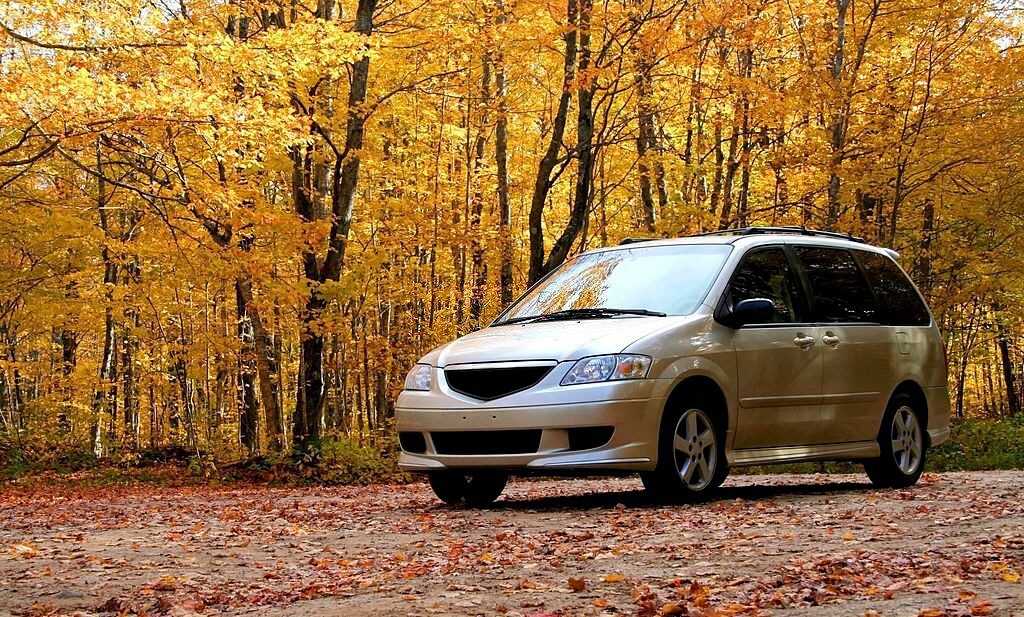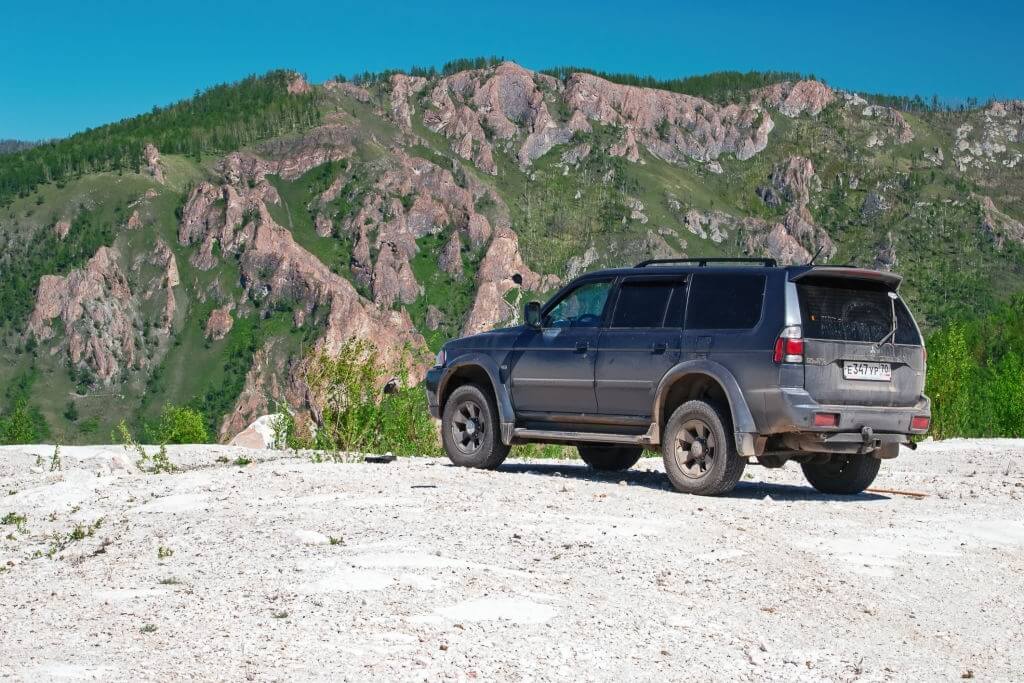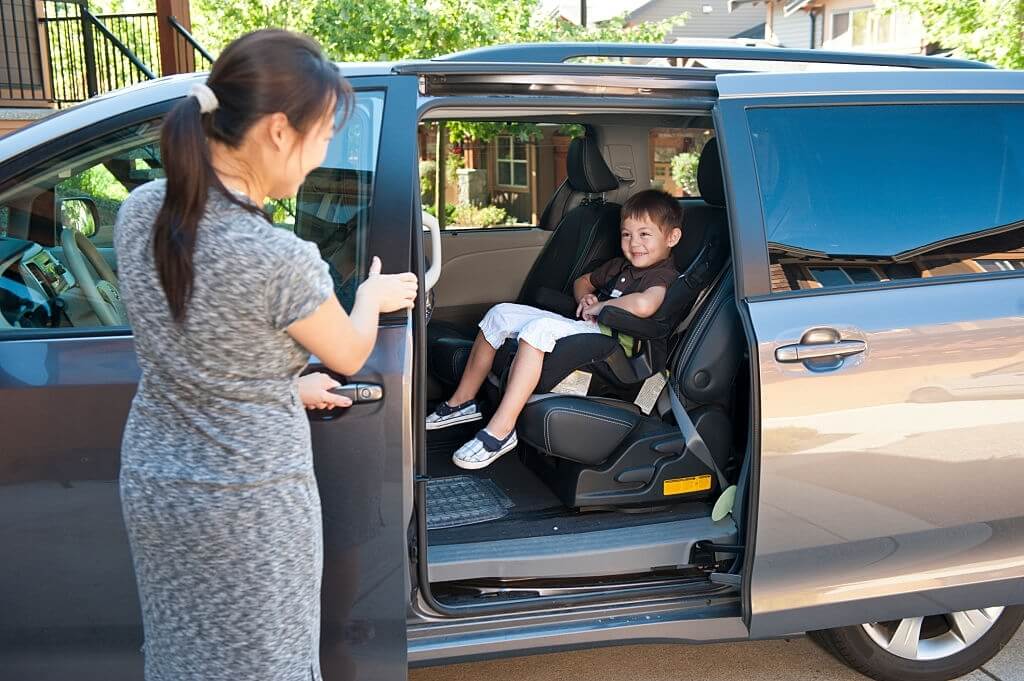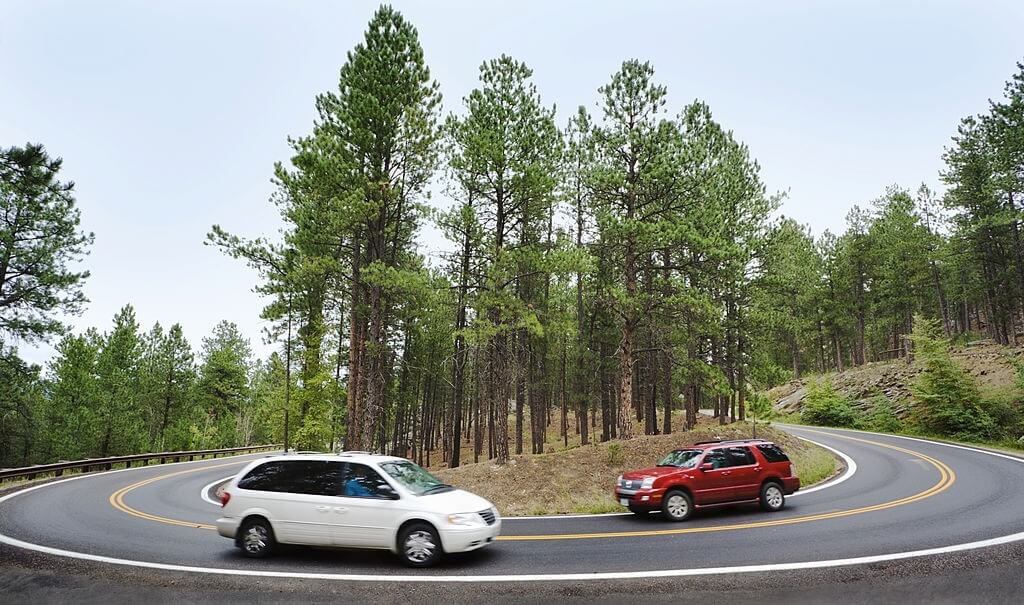With the advent of new cars, designs, and concepts over the years, it’s ideal they are given distinct names that match their purpose. If you’ve been following the industry closely, it’s unlikely any of these categories of cars will come off strange to you. But generally, if you’re new to cars, it’s totally the opposite.
Is a minivan considered an SUV; are they both fancy names used to describe a particular type of car?
A minivan is a vehicle that is based on the platform of a small automobile and features a low body, sliding or hinged rear doors, and three rows of seats that can accommodate up to 8-9 passengers. SUVs on the other hand are vehicles build with the characteristics and capabilities of a pickup truck, family sedan, wagon, and minivan. They combine elements of road-going passenger cars with features from off-road vehicles.
In this article, we’ll clear the air on why these two types of cars are often miss taken for the other.
Minivan vs Van: Don’t get it twisted
Before we talk about what minivans are, let’s first get to know what a van is
A van is a light wagon cuboid-like vehicle which has no side windows but it’s used for transporting people or goods. In terms of size, vans can be smaller than trucks/lorry but they are longer and higher than a car.
What’s a Minivan?
A Minivan is an American car classification for vehicles that are designed with a higher roof, a flat floor, and high H-point seating.
Notably, It is used to transport passengers in the rear seating row(s), it has a sliding door for passengers sitting behind, and also has seats that can be reconfigured in two or three rows.

Some folks sometimes refer to a minivan as a van. This isn’t outrightly wrong as the name was coined from the latter. But unlike the standard van, a minivan offers comfort as an addition to excellent passenger and cargo space.
A minivan comes with windows and is great for transporting your family in style, this is a major reason why it is often compared to a Sport Utility Vehicle.
What’s an SUV?
Our article on what SUV stands for better explains what these kinds of vehicles truly are.
Simply put, SUV stands for “Sport Utility Vehicle” and it is the fastest-growing car segment!
This category of vehicle combines elements of road-going passenger cars with features from off-road vehicles, such as raised ground clearance and four-wheel drive.

Honestly, it would be a miracle trying to define an SUV in one paragraph because that’s what we’re doing with one website.
However, we already put up an article that explains what an SUV is and what it’s not. You may want to read that.
Sports Utility Vehicles are the beast on all manner of road.
Minivans compared to SUVs are much more likely to get stuck in challenging road conditions. For additional performance, towing and off-roading capability, an SUV would be the rewarding choice.
We can call it a day here, but not giving Minivan a chance in this fight doesn’t feel right. It would be fun knowing the differences that make each of these car types stand out.
SUV vs Minivan
The pros and cons of Minivan vs SUV are a fierce battle. Getting stuck in a dilemma on which is cheaper and safer between the two is a common thing.
If you’re probably here searching for what’d be a great fit for you and your family. Then let’s get into details.
What’s the difference between an SUV and a Minivan; are there benefits of a minivan?
Differences Between a Minivan and an SUV
1. Sliding Doors vs. Swing-Out Doors
The door configuration may probably not seem like a significant distinction, but among the differences between minivans and SUVs, the sliding side doors is a distinctive feature in modern minivans.

SUVs have rear doors that swing open whereas Minivans have rear doors that slide open.
2. Visibility and Front Seating Position
Compared to an everyday passenger sedan, both SUVs and minivans come with a higher driving position and more chair-like seating.
In an SUV, it’s so easy for the driver to see the front corners of her/his vehicle, although this might be a bit harder in a minivan since the hood “falls away.”
A big plus for the minivan is its “step-in height.” Despite the fact that a minivan is taller than a sedan, drivers or passengers don’t have to climb up to get into it. This is totally different with SUVS, a running board is needed go give passengers a raise when getting in.
3. Disappearing Seats: Cargo Versatility
The main purpose of having SUVs and minivans is to haul people and things. To this end, both vehicles do a good job.
It however begs the question “how well do they get the job done”. This per se is only a matter of degree as a lot more depends on the flexibility of the seating.
The rear seats in many minivans today can “disappear” totally into the floor, creating a good amount of unobstructed floor space for bulky cargo. In an SUV, the rear seats can also fold away, but even when folded they do not offer just a much floor space that a minivan would give.
4. Interior and Exterior Design
An SUV is built on a truck frame, more like a merging between a truck and a minivan in terms of form and function.
For decades, the long hood that leads an SUV has signified power and potency.
Three-row SUVs like the Honda Pilot, Volkswagen Atlas, Subaru Ascent, Kia Telluride, and new Jeep Grand Cherokee L take a boxy and broad-shouldered approach to the shapes to suggest ruggedness.
No wonder why seven-seat SUVs like the Buick Enclave, Audi Q7, Mazda CX-9, and even the latest Toyota Highlander forgo the off-road look and come off like supersized wagons.
A couple of designers have tried putting the longer hood on their minivans, the attempt always has been indifferent. Customers are smart to know a sliding door even when their eyes are closed.
That’s part of the reason every minivan has a somewhat blunt profile that hasn’t really changed over the years.
It is safe to say, there’s much more choice among SUVs to suit different tastes.
While the minivan is generally regarded as being less attractive — and perhaps less dynamic — than the SUV, Interior spacing is an aspect where we see its glory.
Unlike SUVs, minivans don’t sit much higher off the ground. Thanks to their lower step-in height, young kids and older adults can easily get in and out.

Fun fact!
Did you know that Cars with AC were made only for the Rich? See the history of cars with air conditioning
5. Powertrain and Performance
When it comes to minivan powertrains, there is actually a limited choice to make. Global automakers have decided that V6 engines are right-sized for minivan use, and so that’s what they offer.
The Toyota Sienna, Chrysler Pacifica, and Honda Odyssey are equipped with V6 engines that offer between 280 and 296 horsepower. Although the Sienna, which became hybrid-only for 2021 now offers AWD (All-Wheel-Drive) and uses a four-cylinder gasoline engine and electric motors.
Honda and Kia’s minivans are still front-wheel-drive only, and most three-row SUVs are also front-wheel-drive before adding optional all-wheel-drive.
When it comes to towing capacity, it’s a different story entirely.
When properly equipped, Minivans typically have a maximum towing capacity of 3,500 pounds.
SUVs on the other hand run from as little as 2,000 pounds on some low-end versions to around 6,000 pounds on high-end versions like the Grand Cherokee L and 2022 Nissan Pathfinder, and even up to 8,700 pounds on some Dodge Durango models.
SUVs have a body-on-frame design, and a more powerful engine, they are known for their capability to tow many things like trucks over unpaved roads or camper cross country. Minivans can tow less than 3,600 pounds.
For example, the Ford Explorer which is a midsize SUV can tow up to 5,000 pounds, while the Chrysler Pacifica minivan can tow up to 3,500 pounds only.
SUVs are powered with options that allow them to drive comfortably on snowy or rainy days. Some of these options include:
All-Wheel-Drive (AWD):
It is beneficial for heaving towing, which can make some of the SUV tow up to 10,000 pounds!
Four-Wheel-Drive (4WD):
it provides power to both the front and back wheels. This is very useful for people living in snowy and rainy areas.
6. Fuel Economy
Fuel economy happens to be another difference between Minivans and SUVs.
Due to the limitation of the available powertrain in minivans you don’t get much as to fuel economy. Whereas SUVs have fuel economy figures that are all over the ballpark — some significantly better than the 22 mpg overall you’ll get from Toyota Sienna, Chrysler Pacifica, and Honda Odyssey; others significantly worse.
For example, a Ford EcoSport small SUV has a 27 mpg EPA combined rating, while the GMC Yukon XL 6.2-liter V8-powered engine has a combined rating of 17 mpg.
There’s a lot you may want to know in terms of SUV fuel economy and mileage. In fact, we have an article on how many miles an SUV can last – you definitely want to check it out.
7. SUV vs Minivan safety
Like every other type of vehicle, all minivans and SUVs come with the required set of safety features like anti-lock brakes, stability control, airbags, and a backup camera.
And like cars, they have different levels of standard driver assistance technology for example; automatic emergency braking and blind-spot monitoring that nets entirely different scores in safety tests.
Sport Utility Vehicles used to be more prone to rollover crashes because of their increased center of gravity. But lately, they’ve become wider and lower in some cases, resulting in increased stability on the pavement.
In the federal government’s tests performed by the National Highway Traffic Safety Administration (NHTSA), all 2021 minivans and most three-row SUVs got a 4 out of a possible 5 stars in rollover resistance testing.
8. SUV vs Minivan price
Generally, there’s a wide range of options when shopping for either a minivan or an SUV. But if you’re more concerned about price, then buying a minivan would make more sense as Minivans are pretty much cheaper than SUVs.
Top-of-the-line SUV models can break six figures easily. Irrespective of the options you choose, you will not find a minivan in that price range
The price for a minivan ranges from $30,000 to about $40,000 if it’s fully loaded. Contrary, non-luxury SUVs with three rows of seats can start from $30,000, but this figure will end up closer to $50,000.
You’ll definitely pay much much higher for a Luxury SUV.
For instance, a 2020 Dodge Grand Caravan can start as low as $27,530. A Ford Expedition SUV will set you back around $62,000.

Should I buy a minivan or SUV?
SUVs made their reputation with their ability to go where no roads existed. When it comes to SUVs vs. minivans, you stand the best chance at making the right choice if you already know how you plan on using the vehicle.
In the battle of SUV vs Minivan, the latter has proven to be superior for transporting people or cargo or a combination of the two.
SUVs are the better choice when it comes to towing and the additional ground clearance and a wider availability of all-wheel-drive or four-wheel-drive might be essential to folks who are outdoorsy, have trailers or boats and travel on unpaved roads, or stay in remote areas that are not so easy to get to in the rain or snow.
One major concern is getting young kids and the elderly in and out of the vehicle. you can always learn how to get an elder into an SUV. With a minivan, kids and elderly adults will appreciate the easier access to get in and out.




